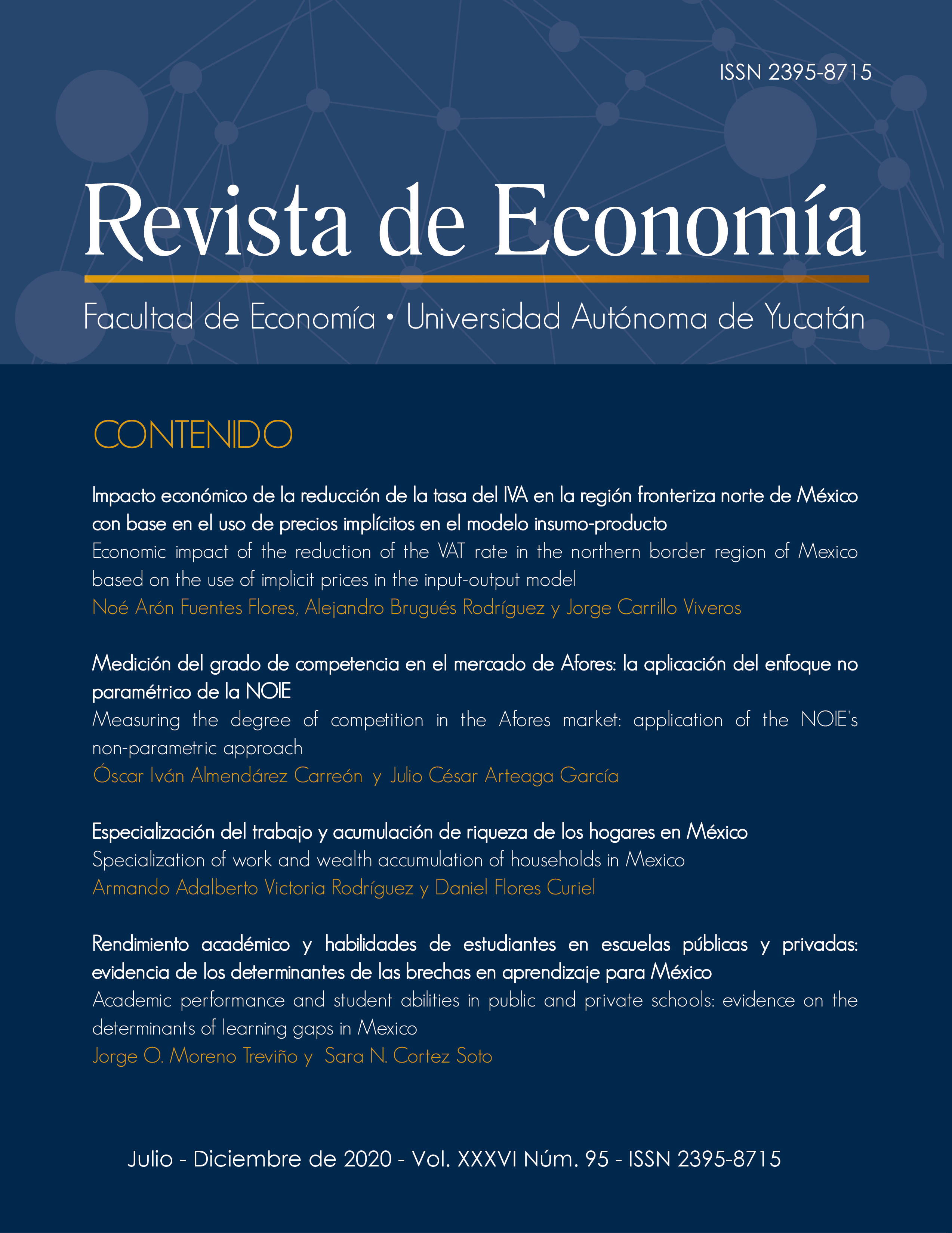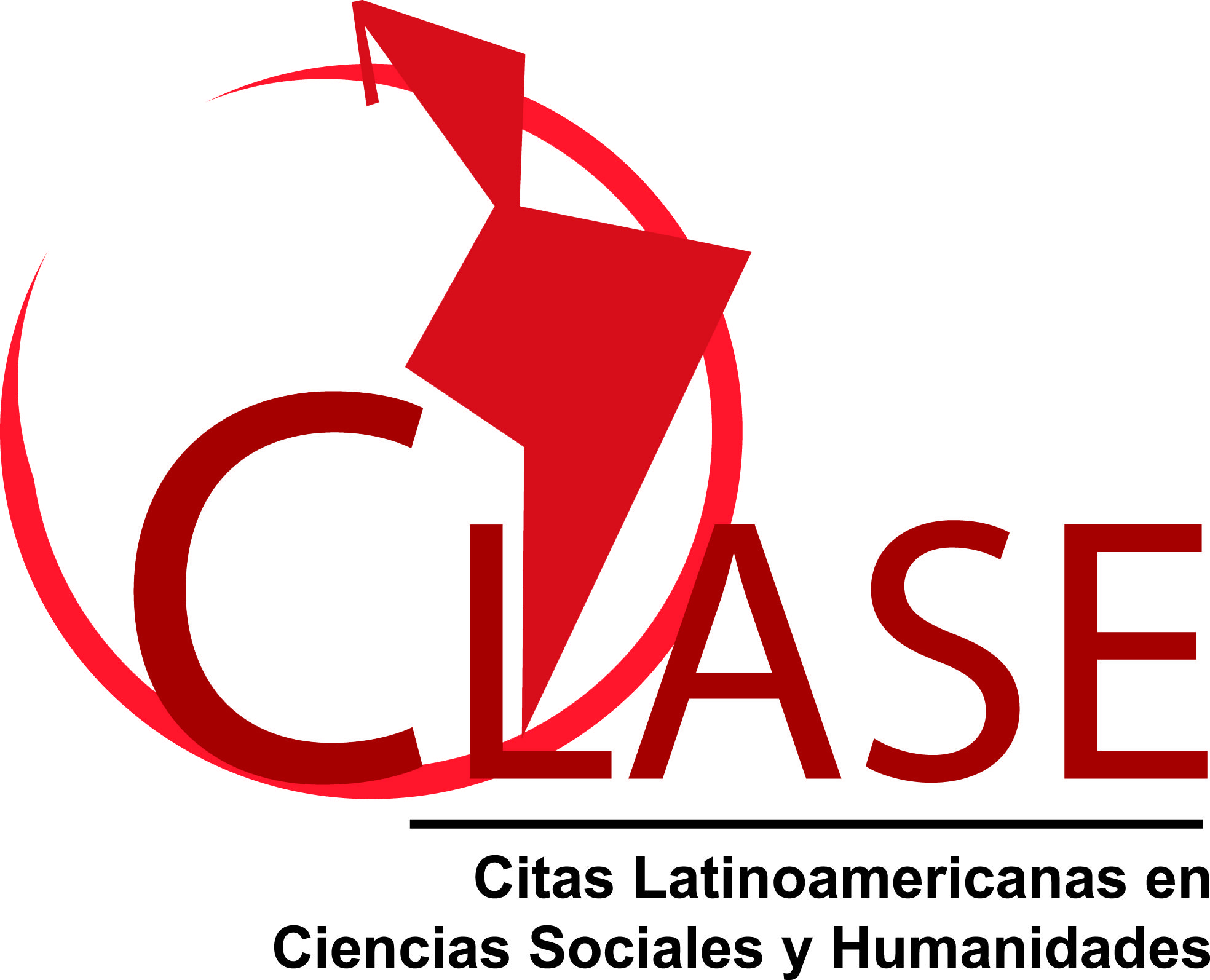Economic impact of the reduction of the VAT rate in the northern border region of Mexico based on the use of implicit prices in the input-output model
Abstract
In 2019, the Mexican federal government decreed an economic package that includes a change in the Value Added Tax (VAT) rate from 16% to 8% for companies registered for billing in the northern border region of Mexico (RFN). To measure how the tax rebate is transmitted completely – direct and indirect effects – on changes in the overall price level as well as for the assessment of the amount of short-term economic impact on gross production, staff occupancy, and added value for the RFN, we use the prices implied in the input matrix product made for the RFN. The results show that the fiscal stimulus - if 100% of the companies are registered-: 1) induces a fall of - 2.3% in general prices of the NBR; 2) in turn, the fall in general prices causes a rise in gross production by 2.9%; in employment at 2.2%; and, in the value added in 2.6% for the NBR; and indicate that, 3) In bond Industry (IMMEX) is less sensitive in these key variables due to the low integration of national inputs.
Copyright (c) 2020 Autonomous University of Yucatan, México

This work is licensed under a Creative Commons Attribution-NonCommercial-ShareAlike 4.0 International License.
D.R. © Revista de Economía
The conditions that are required when granting the attribution license called CC -BY-NC-SA are the following:
1. The Universidad Autónoma de Yucatán must be clearly identified as the owner of the copyright of the original publication.
2. The material may not be used for commercial purposes.
3. Any derivative work must be published and distributed under the same open access license as the original publication.











